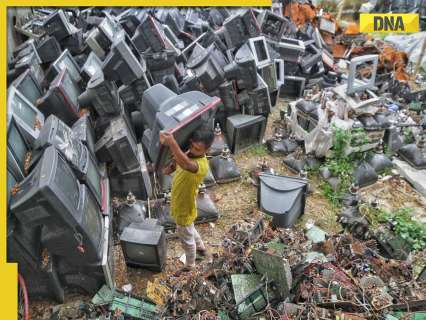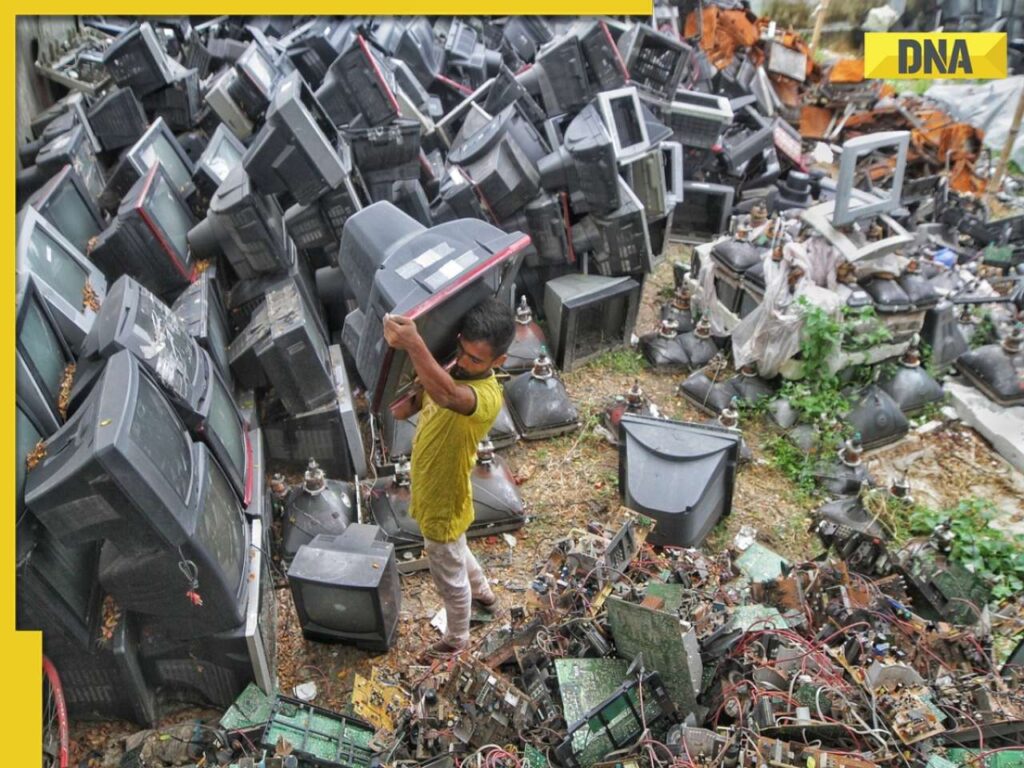
This sharp increase is driven by rapid urbanisation and growing incomes. Consumers, including households and businesses, contribute nearly 70% of the country’s total e-waste
India’s electronic waste (e-waste) is rapidly increasing, presenting a massive economic opportunity. A recent report estimates that extracting metals from e-waste could generate around $6 billion (Rs 52,096 crore). Released on Friday, the report highlights that India is now the third-largest e-waste producer globally, following China and the US.
According to Redseer Strategy Consultants, India’s e-waste has nearly doubled in the past decade, rising from 2 million metric tons (MMT) in 2014 to 3.8 MMT in 2024. This sharp increase is driven by rapid urbanisation and growing incomes. Consumers, including households and businesses, contribute nearly 70% of the country’s total e-waste.
Despite electronic devices becoming smaller and lighter, the number of discarded gadgets is increasing, making efficient recycling more important than ever.
Currently, only 16% of consumer e-waste in India is processed by formal recycling facilities. Even though the formal sector is expected to grow at 17% CAGR by 2035, it will still handle just 40% of India’s total e-waste. The informal sector dominates e-waste recycling, benefiting from lower costs and better collection networks. Meanwhile, 10-15% of e-waste remains stored in homes, and 8-10% ends up in landfills, reducing overall recycling efficiency.
To improve e-waste management, the Indian government introduced the Extended Producer Responsibility (EPR) framework, setting collection targets for producers. However, challenges remain, including low EPR fees and limited formal recycling capacity.

